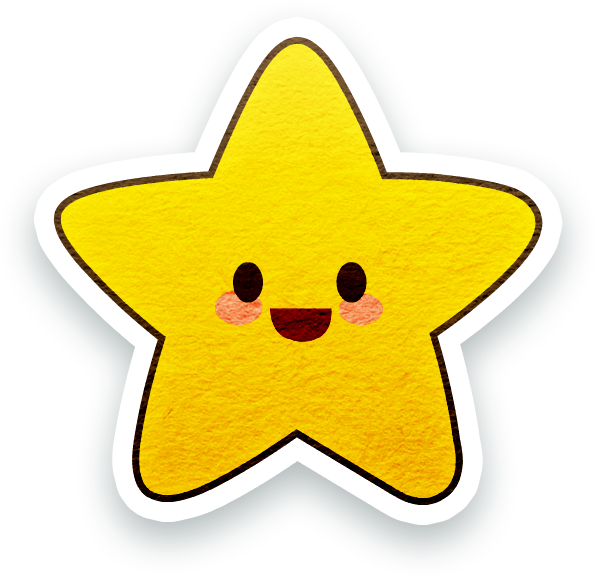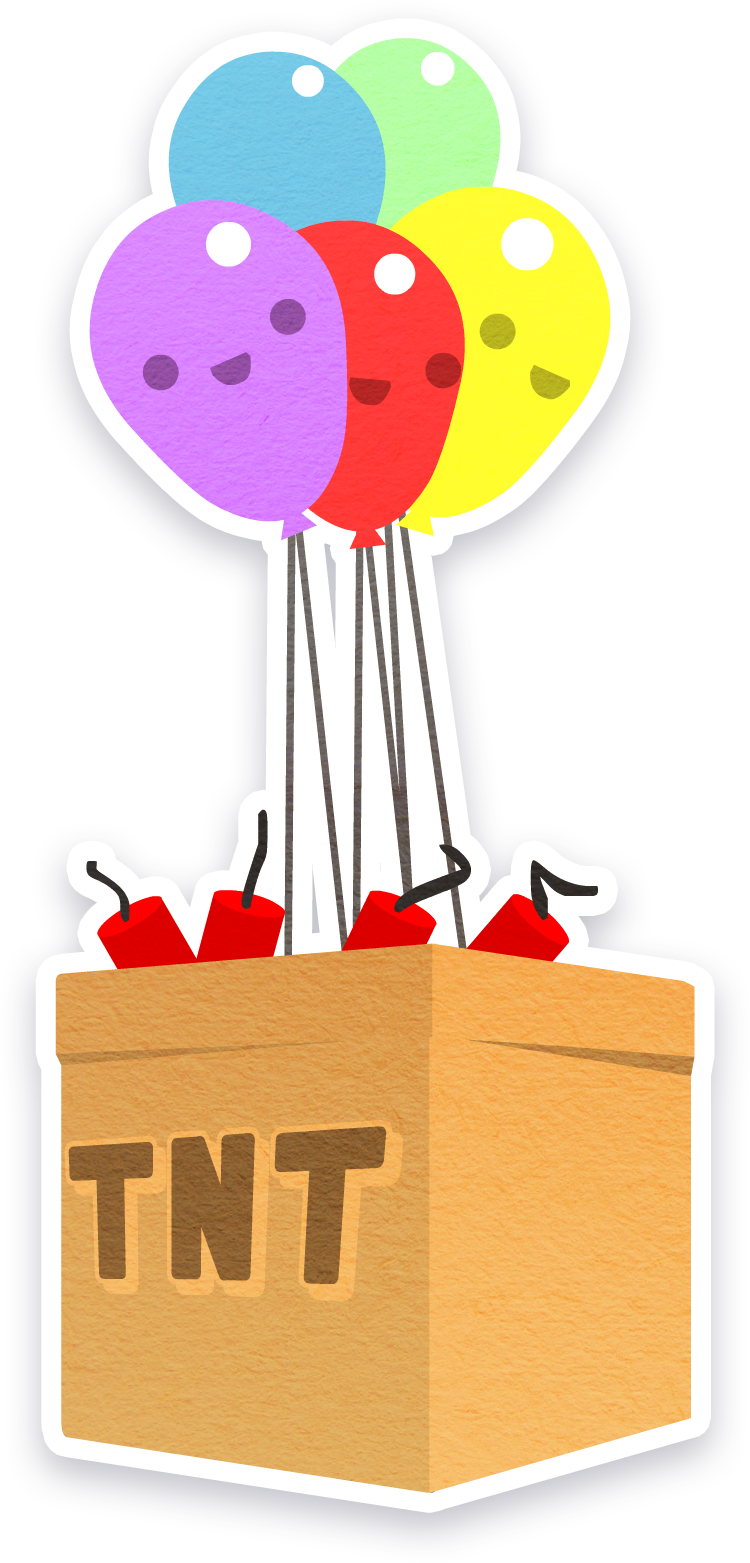
Project Description
Super Touchdown Happy Extreme is an arcade-style minature game designed to run on Windows 8 devices. You are a Japanese football legend in the making. Your arm is weak but has potential. Through practice and sponsorships, you earn your way to the top.
The game was made in roughly 2 months as a final project for CSCE 443 / VIST 487 (Game Development) during the Fall 2013 semester at Texas A&M University. STHX is one of the few games in the entire history of the course to be fully completed and polished, as well as the FIRST to be featured on an application distribution platform. It was coded in C#, utilized the Monogame framework, and features artwork from two talented artists.
Slightly satirical in nature, we initially wanted the game to revolve around a concept of "Japanese people trying to understand American football." With that said, we wanted to exaggerate it with over- the-top references and as much randomness as possible. Halfway through the project, we found that we were being a bit too random and decided to tone it down a bit. The game now has a unified "cute" style and doesn't really make a mockery any more.
Screenshots

Development Team


Challenges

We were given only two months to create a game. As full-time Computer Science and Visualization students with many other things to do, we knew that we couldn't create a game with tons of robust levels, insane amounts of code, and hundreds of artistic assets in such a short period of time. Regardless, we still wanted a complete game and agreed that going the arcade-style route would cost less in terms of development and still result in an enjoyable casual game. We also wanted to post the game onto an application distribution platform so that it would be easier to spread around. After assessing each member's skill set we decided that creating a game under the Monogame framework and Windows 8 (Metro) platform would be ideal.
Software development in an undergraduate academic environment is one of the most unprofessional settings imaginable. For this project, I wanted to keep the code as clean and re-usable as possible. The game would eventually become more complex as we advanced, so starting off with a unified structure was a key factor in keeping long lines of code simple and easy to understand. Unfortunately, as programmers we still had different philosophies and methods when it came to tackling certain problems. As a result, the code started to become a bit messy around the end. We also learned that polishing a game can take just as much time as getting the game to work. Some of the gameplay mechanics aren't completely optimal and need some tweaking, which we felt wasn't worth the time cost.
I can't speak on behalf of the artists, but I sensed a lot of conflict between their art styles and talents. Although, initially the art style of the game was meant to be as random as possible, the artists didn't have the right synergy to make the randomness effective. Changing to a unified artistic style was a good decision that led to a better-looking game with no sacrifice in time budget.
Despite minor shortcomings, the project was still successful. We had a set of midterm and final milestones and both of them were completed well on time. Call me biased, but I feel that our game was the best one. (At least, in our class. I can't speak for other sections and semesters.) We're very proud of our work and I'm glad to have been able to work with such a team.
- Ruiz